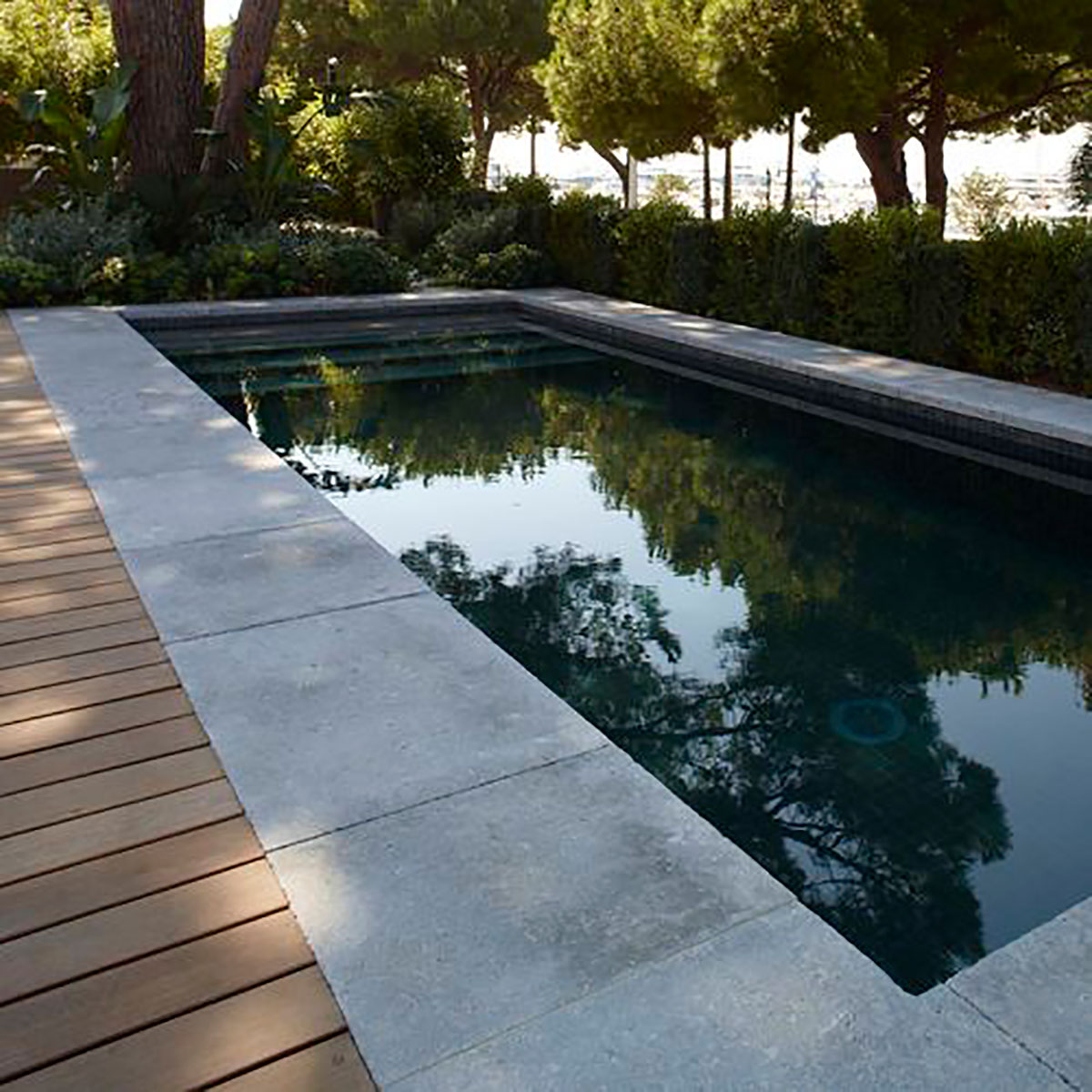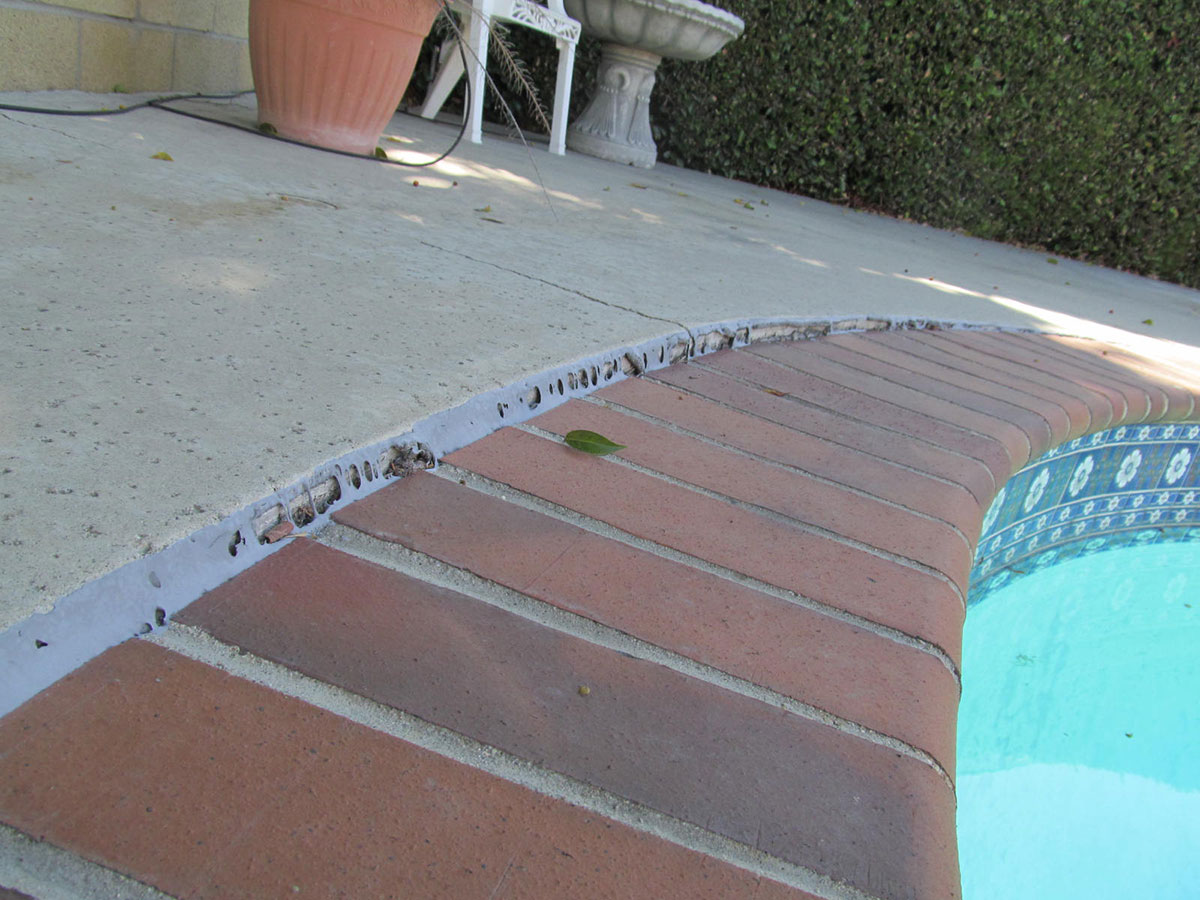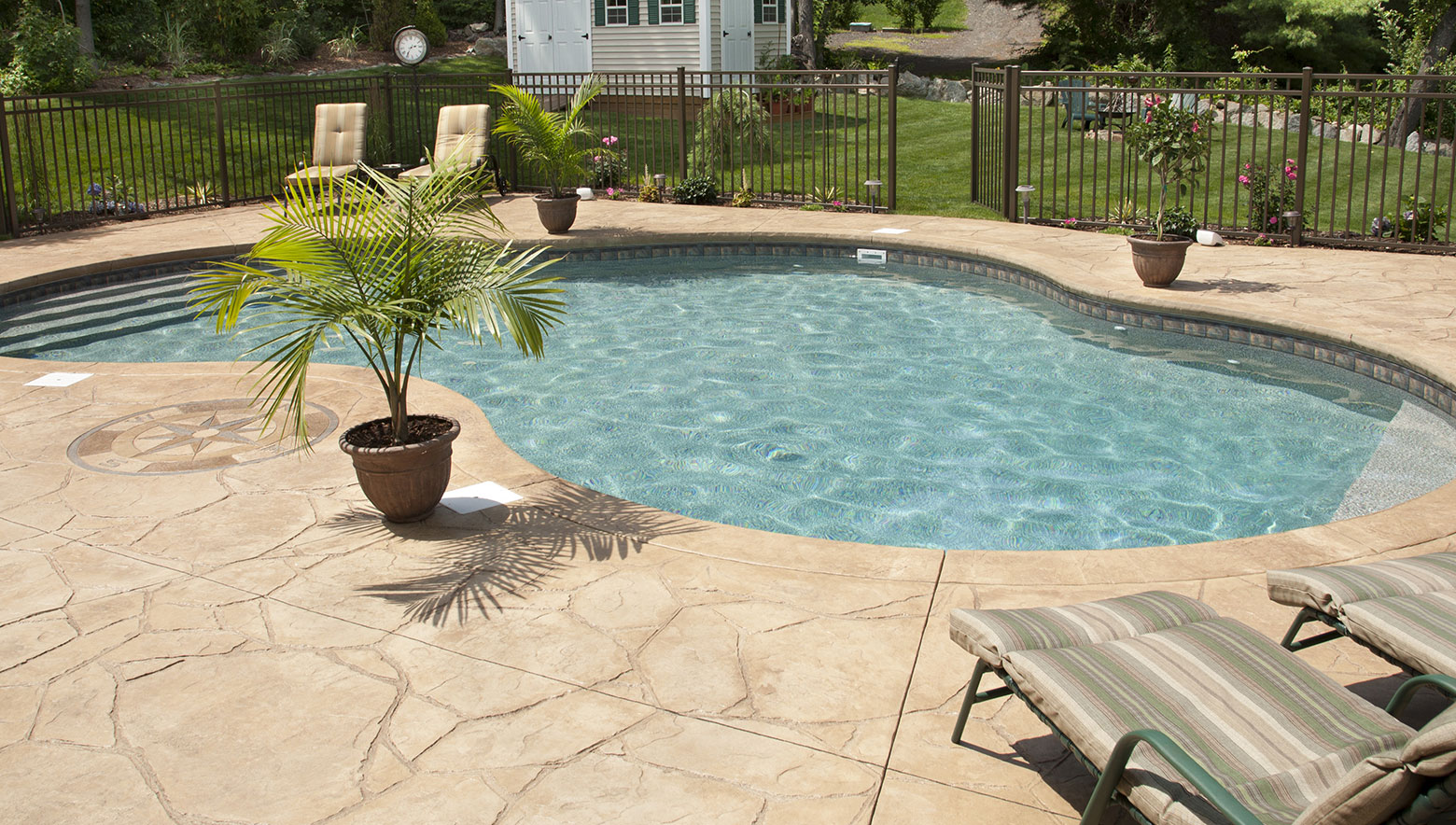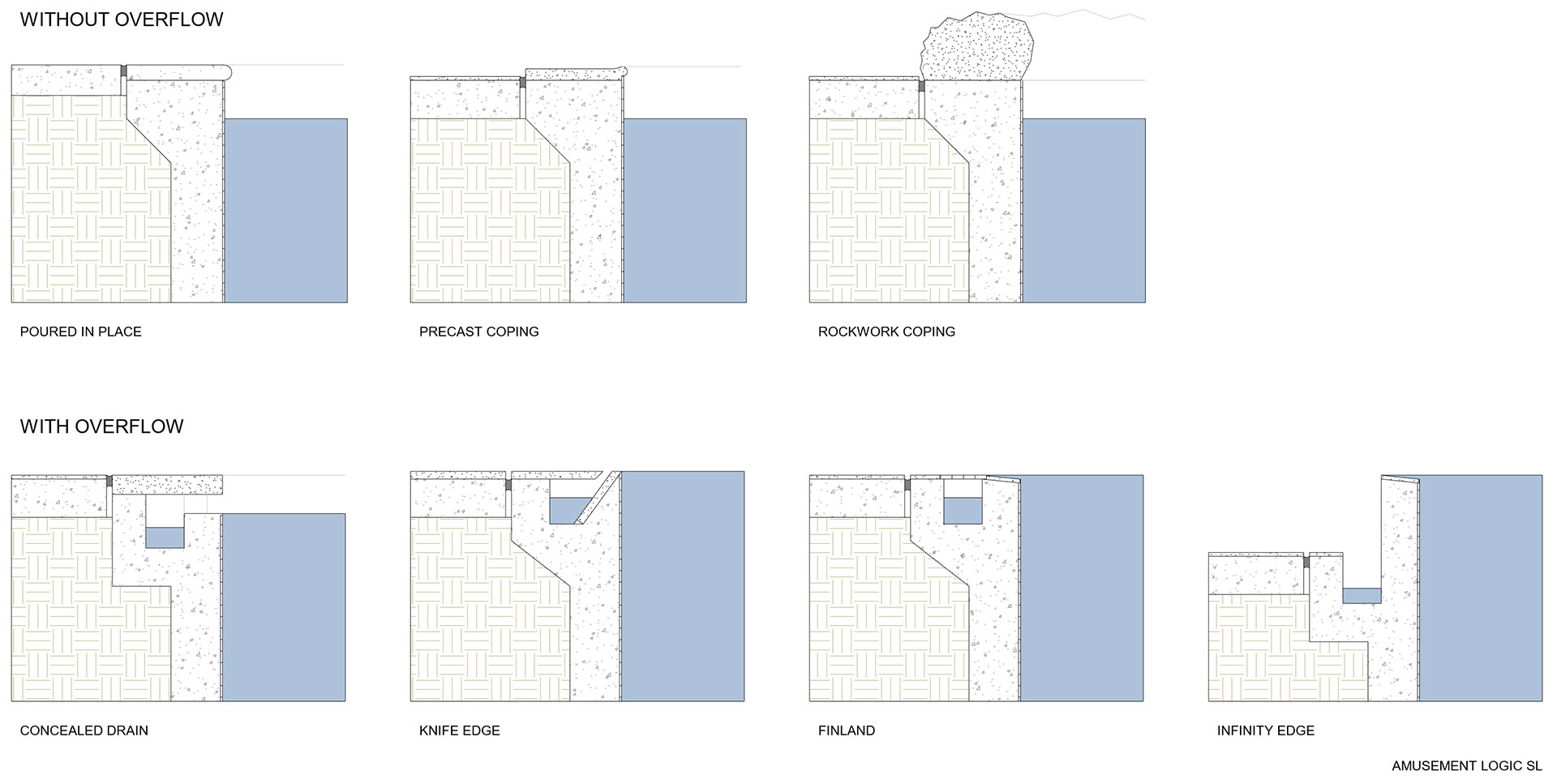Among the many details that must be taken into account in the design and construction of water parks, whether as a stand-alone facility or as part of a hotel or resort, campsite, shopping centre or any other leisure and tourist attraction, is the pool coping. The choice of the type of coping must be made after weighing up its suitability according to three criteria: constructive, functional and aesthetic. We will now look at the factors which, according to these three criteria, determine the choice of one type of coping or another:
-From a constructive perspective: firstly, we must consider that the pool shell, as an in-ground structure, will be subject to its own and external load variations. If we do not give this fact the importance it deserves, cracks could appear in the surrounding pavement after the design and construction of the pool. Therefore, it is advisable to choose traditional coping, raised with concrete or ceramic pieces, and with suitable separation joints. If continuity of the coping with the pavement is preferred, up to the edge of the pool, the structural design of the pool should take this into account and provide the corresponding detail for its construction.

-From a functional point of view: the material used to construct the coping must be non-slip, yet pleasant to the touch of visitors’, users’ and guests’ feet. At the same time, its abrasive surface, if present, should not damage or puncture floats. In addition, the coping should be of a colour that makes it clearly visible, so as to alert to its location and unevenness. However, dark shades should be avoided under the sun’s rays, as they will emit high temperatures. In addition, non-porous and washable materials should be chosen to prevent the growth of algae and fungus.


Finally, the specificity of two types of pools will determine one type of coping or another: those where the water level is below the coping (with skimmers) and those where the level of the pavement and the water coincide (and therefore have a perimeter gutter). In this respect, some variants of these systems hide the perimeter gutter, while others leave it exposed.
By Miquel Solís, senior architect in the Architecture Department of Amusement Logic








